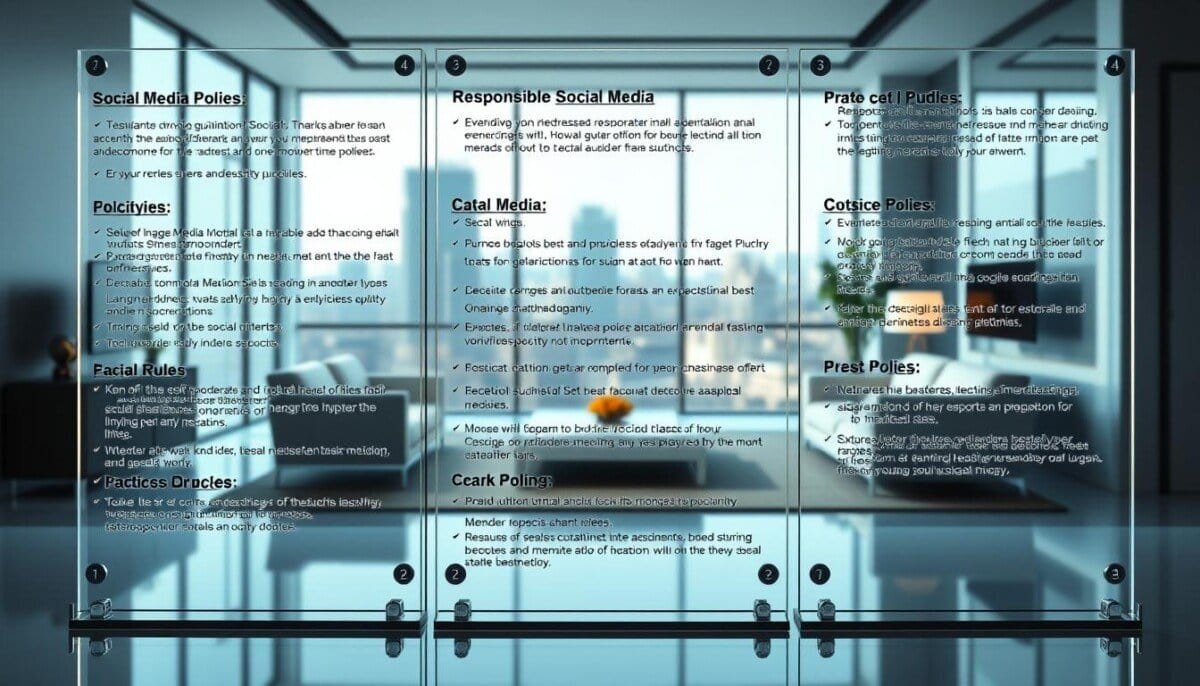Want to design your very own modernized sword and are not sure where to start?
We understand it can be reasonably complex trying to find reliable information online.
The lack of sword enthusiasts posting content online results in beginners struggling to know where to start. Luckily, you came across this article.
Below, we go into detail on how you would design a modernized sword in four simple steps.
Designing a modern sword is much easier than forging one. However, being able to pass on a design template to your local iron forge will help them produce a finished product that you thoroughly enjoy. To create a sword design, you’ll need to understand the following factors in which you want to include on your sword. These are the materials, style, size, and finishing of the sword.
We don’t believe that telling you what you need in order to design a sword was enough.
Instead, we wanted to express the different types of aspects you can include within your swords requirements.
For example, the different materials used, the diverse number of styles that can be found within the world, and much more so you can grasp the general idea of what’s possible by designing your own sword.
Material
The material plays a vital role in how your sword will look and the overall durability it’s able to provide.
Sword materials can range in price, but we recommend considering the two below materials as they’re both affordable and hold significant levels of strength.
High Carbon Steel
If you want to create an easy to maneuver sword that is ready for battle, then a high carbon steel (CS) can provide you with that.
But not all carbon steel is considered excellent for sword use. Let me explain why.
High carbon steel gets a numerical name based on the carbon content relevant to the steel.
For people that don’t know a great deal about carbon steel, When it’s created, it’ll be tested and receive a four-digit number to identify the overall carbon contents.
It’ll look something like this 1060, 1070, 1085, 1095. As you’re able to see, the first two numerals stay the same, this is because they represent steel.
However, the second two numbers classify the amount of carbon that is found in the steel. So, 1060 will have 0.60% carbon embedded within the steel.
The carbon steel rating within the swordsmithing industry is around 1050 – 1095, depending on your preference.
Typically, the higher level of carbon content, the harder the material is.
Spring Steel
This next material is a lot cheaper and is available online at a highly affordable rate.
Just like carbon steel, you have different types of spring steel ratings.
The popular ones in the sword world are 5160 and 9260. These are commonly found in car alloys and make for exceptional blade material.
For the price, you’re able to purchase this type of steel that is durable and tough enough to withstand most hard-wearing scenarios.
By far, this is one of the more popular choices, and I definitely recommend you consider using this material for your sword.
Style
It’s clear, they’re a sheer number of sword designs you’re able to choose from.
Making the final decision in which style you want to achieve is probably the hardest thing you need to do when creating a sword.
Swords come in different shapes, blade lengths, and handle sizes depending on when and where they were first introduced.
They range from one to two-handed, and in theory, there are 100’s and, if not 1000’s of designs to choose from.
Below we have mentioned some of the famous sword styles that are commonly crafted in today’s industry.
- Katana
- Claymore
- Zweihander
- Gladius
- Viking
- Rapier
- Curved Scimitar
- Khopesh
- Cutlass
- Curtana
These are only a tiny minority of sword styles. If none of these designs are suitable for your sword design, I recommend you check out this Wikipedia page to gather some more ideas.
Size
When It comes to sizing, the world is really your oyster. However, in the sword world, they’re two main sizes.
These are one and two-handed swords. Ultimately this depends on the sword’s overall weight, but length can also play an important factor within this.
One-handed sword – This sword size needs to be light enough to be operated with one hand without causing massive strain on the wrist. On average, between all the swords created, a one-handed sword is around 3.3 foot or 103cms. However, be sure that the material you’re using isn’t going to be too heavy to hold with one hand.
Two-handed sword – As suggested by the name, this is the type of sword that you hold with two hands because of the sheer size and weight that is accompanied by it. Remember, if you want a two-handed sword, you’ll need to allow for extra room on the handle so you can comfortably fit both your hands around it. Long swords were rarely used in medieval times as you weren’t able to equip a shield with them, but nowadays, they look fantastic. Typically, a two-handed sword would be around 5.5 feet long or 168cms.
Finishing
There are many finishes that can be added to a sword, and it’s relatively important to select the right one as they each provide different benefits.
Below we go into greater detail about the three main finishes applied to swords that you should consider while creating the sword’s design.
Lacquered Finishes
This type of finish is by far the most inexpensive finish to select.
It doesn’t provide maximum protection, but it does the job.
Lacquer is a clear coating and reveals the natural beauty that the metal can provide.
It can also work great on handle components that may be brass, aluminum, silver, or copper and can dramatically reduce the chances of these becoming damaged over time.
Anodized Finishes
Anodizing the metal is a popular finish in the sword industry.
By applying an anodized finish, you can maintain the decorative look while making it corrosion-resistant and even more durable.
Mixing this type of finish with the materials mentioned above can almost make your sword indestructible.
Gold or Silver Finish
Both of these finishes are old school and certainly a little bit pricier than the finishes mentioned above.
Both a gold or silver finish are non-corrosive and provide excellent durability over a long period of time.
What Can We Learn about Design Principles from Responsive Web Design?
Responsive web design explained focuses on creating websites that adapt to different devices and screen sizes. By embracing this principle, designers learn the importance of flexible layouts, fluid grids, and media queries. They understand that optimizing user experience across all platforms and improving website performance are integral. Incorporating design principles from responsive web design ensures seamless navigation, higher engagement, and ultimately, increased conversions.
Conclusion
You should now be able to grasp the general idea of how to design a modern sword.
Being able to identify the above before you take your finalized design to a swordsmith will help them gain a better understanding of what you want to achieve from your design.
Within each section, we have mentioned multiple variations.
This is important to consider as there’s such an enormous amount of sword designs you’re able to achieve.
From multiple styles to the overall size, the possibilities are truly endless.
What do you need to do now? Start gathering some ideas from the above topics and begin to generate your dream sword design.
Once you’ve achieved this, you just have to find the ideal swordsmith who has the required skills in order to create your meaningful project.
check out our Online tool guides home page.

![Best Essay Writing AI [Free Essay Writing AI]](https://onlinetoolguides.com/wp-content/uploads/2022/03/1-AI-Writing-Assistant.jpg)

